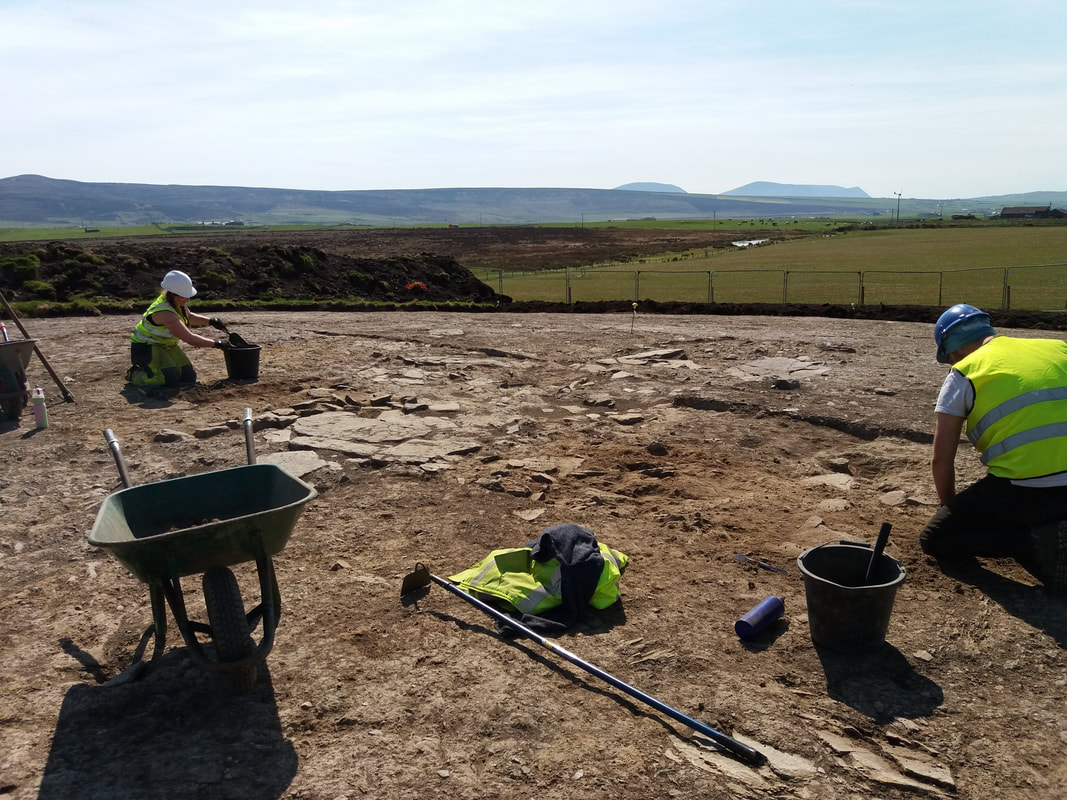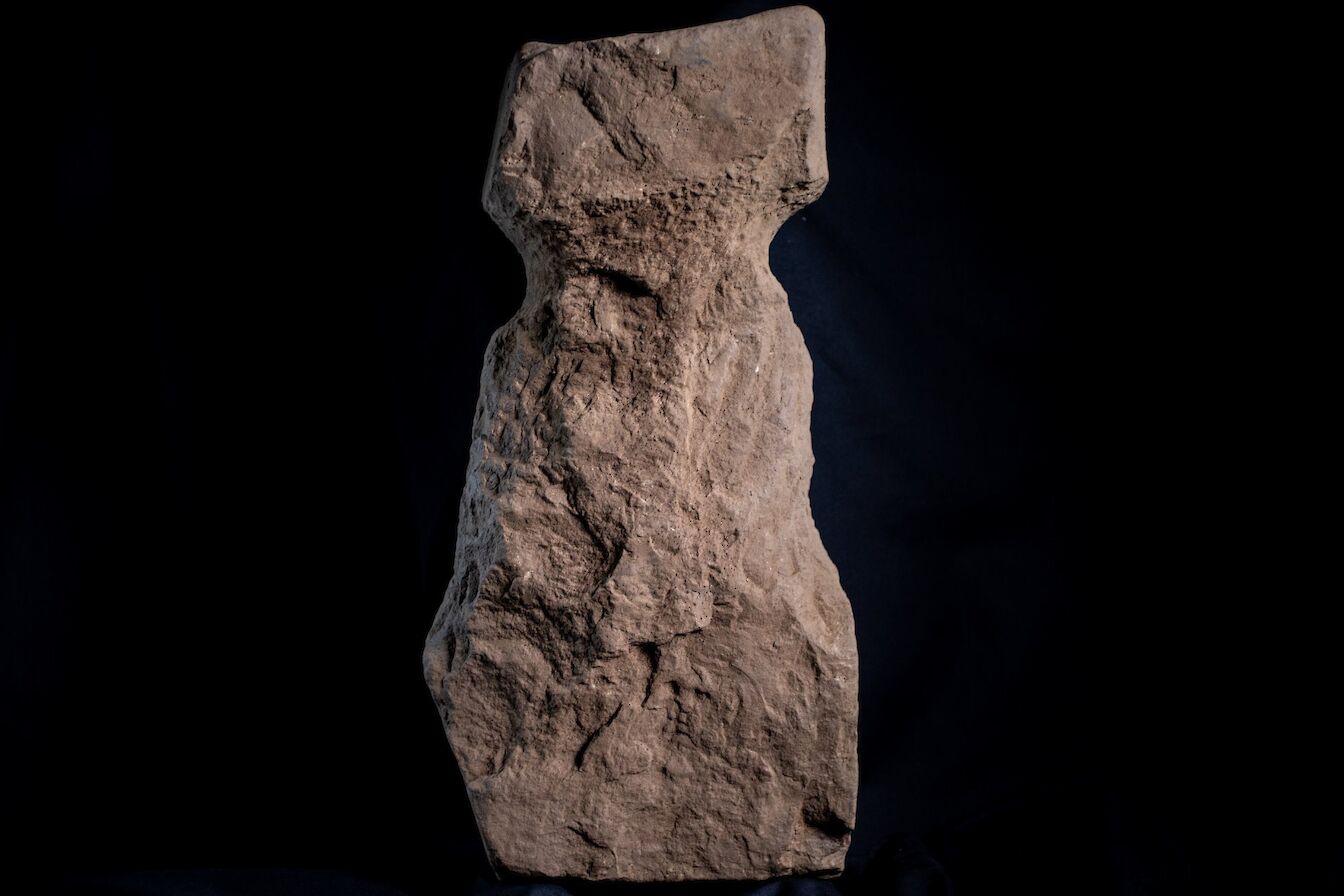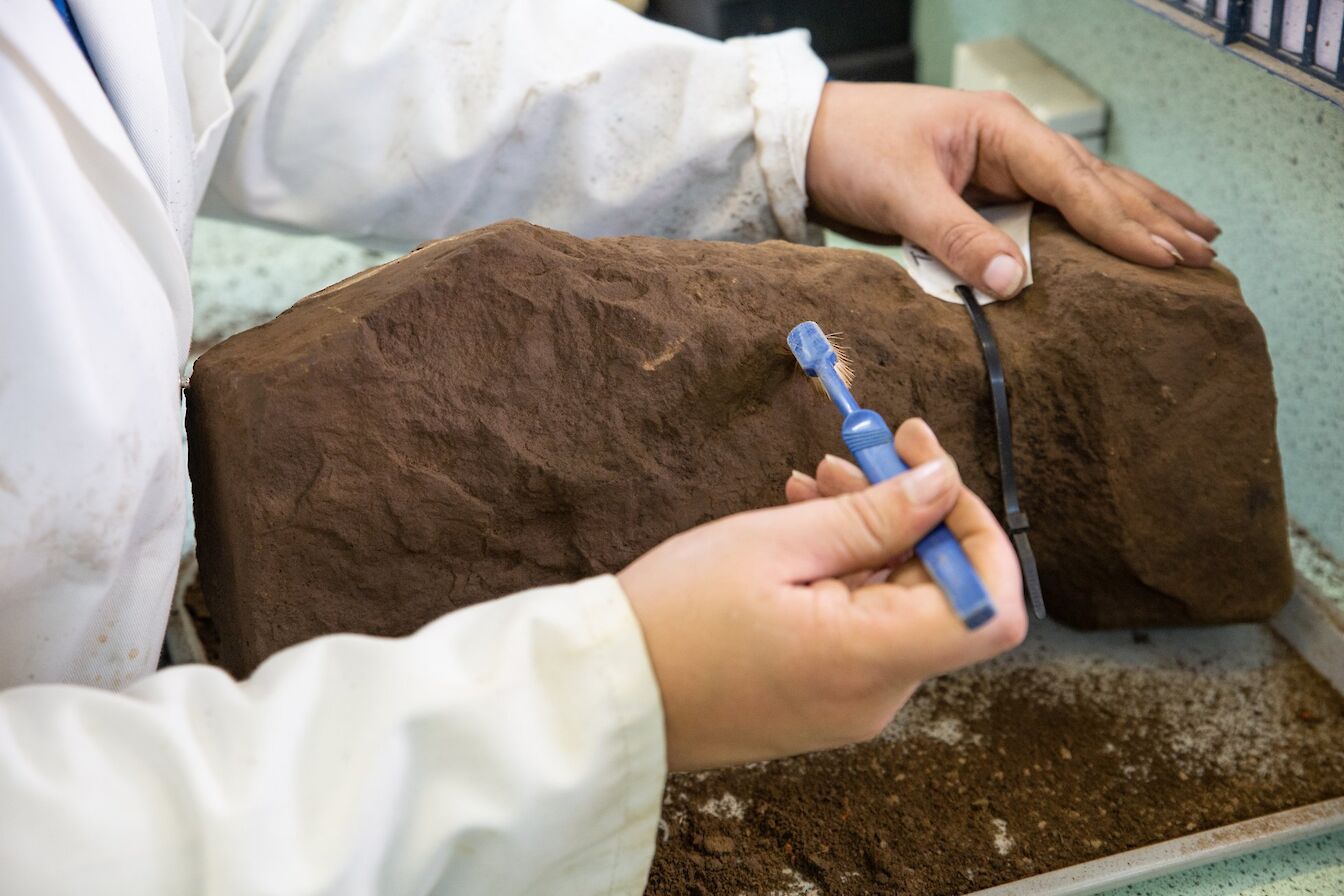The summer archaeology season regularly reveals some incredible finds, but it's not often that one of the most significant discoveries of the year comes as we head towards winter.
A team from ORCA Archaeology, carrying out exploratory excavations at the proposed site of an electrical substation development in Orkney, has unearthed nine, half-metre tall stone-carved objects.
Some of the finds look remarkably like carved stone representations of the human form, while others could have potentially been used to tie mooring ropes onto, to help hold roofs in place. It's thought the stones could possibly date to around the Late Neolithic or Early Bronze Age, roughly 4000 years ago.
The ORCA team was working at the proposed SSEN Transmission substation site just outside Finstown, which is seen as a critical component of the network improvements needed to connect Orkney to the national grid and support the development of the renewable energy industry in the islands.
The excavators dug through sixty centimetres of midden deposits at the site after unearthing the remains of an ancient structure, made up of burial cists and hearths.

The stones were scattered around a hearth within the structure, and three of the roughly carved figures appeared to be important enough to the people who used the building to be incorporated within one of the hearths and in the foundations a standing stone.
Archaeologists will now work to officially date the stones as others have previously been found on Iron Age sites in Orkney. Identifying the purpose of the stones, and if they are indeed figurines, will also require further investigations, with experts looking for clues including abrasion, wear and any other marks on the anthropomorphic objects.
Professor Colin Richards from the University of the Highlands and Islands Archaeology Institute said: “This is a significant discovery in Orkney and probably within North West Europe. It is very rare to find representations of people in prehistoric Orkney and when found, they are usually individual or in very small groups. If they are figurines, to find nine within one structure is very exciting. Together with the archaeology found at this site, they have the potential to add to our understanding of Orcadian society in prehistory.”
Elsewhere at the site, the team also saw signs of people working the land some 4000 years ago. In one excavation trench, long marks were found cut into the clay subsoil, made by ard point ploughs. The marks could be some of the earliest evidence of farming in Orkney.
Neolithic ploughs were made from wood with a stone modelled into a rough point, then placed into the wood to cut the soil. The survival of these marks is relatively rare and, along with the remnants of the ancient settlement structures, it has given the ORCA team a real insight into the prehistoric use of the site, which saw people living, farming and burying their dead here thousands of years ago.
Pete Higgins, ORCA Archaeology Project Manager, said: “This collaborative project with SSEN gives us the opportunity to examine an important prehistoric site that would otherwise not have been excavated. The exploratory trenches are now recorded and covered over, while the significant artefacts are now cleaned and stored for future study. Discussions will take place on the next steps for the development.”
SSEN Environmental Project Manager, Simon Hall said, “We have been working closely with ORCA Archaeology for the past 18 months while they have undertaken archaeological work at our substation site near Finstown . We are delighted that the team have been able to make such a significant find at the site, hopefully furthering the understanding of Orkney’s rich heritage. We will continue to work closely with ORCA Archaeology and all relevant bodies to ensure this find is appropriately managed for the people of Orkney.”
Visit the ORCA Archaeology website to find out more about their work in Orkney.
The Digital Orkney project has been part financed by the Scottish Government and the European Community Orkney LEADER 2014-2020







